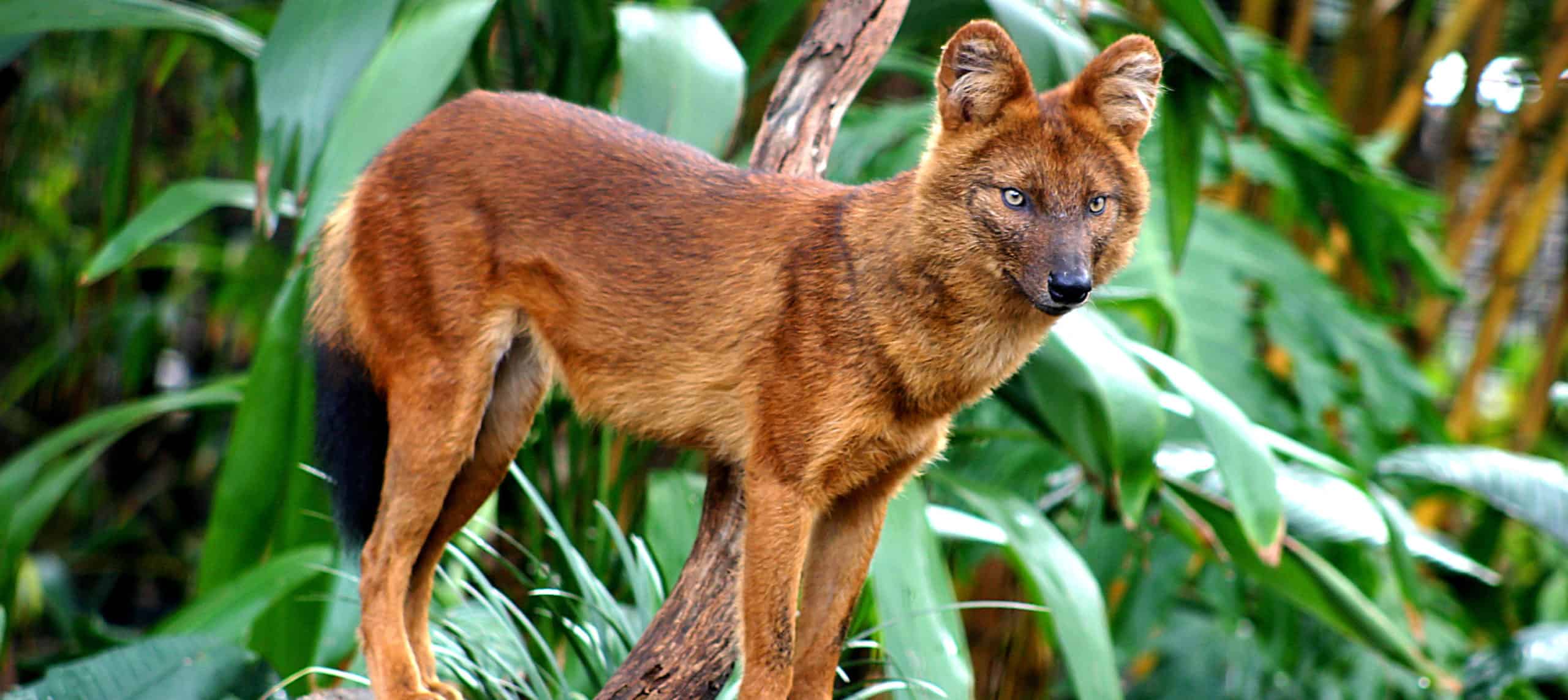Share this article
Wild Cam: Asian wild dogs’ diet may aid their conservation
TWS member Jan Kamler has been hot on the trail of the packs of dholes he’s been studying for years in Southeast Asia. Sometimes trekking for months through the rainforests and mountains of Laos and Cambodia, he has spotted plenty of evidence that they had passed through, but the canids — listed as endangered by the International Union for Conservation of Nature — remained elusive.
“I was always just a day behind them, finding their kills, finding their scats or dens,” said Kamler, a research associate with the Wildlife Conservation Research Unit (WildCRU) at the University of Oxford in England.
Unable to reach the dholes themselves, for a recent study published in the Journal of Wildlife Management, Kamler used what they left behind to piece together important information about how the carnivores persist in these environments. What he found may offer good news for conserving the species.
Enlarge
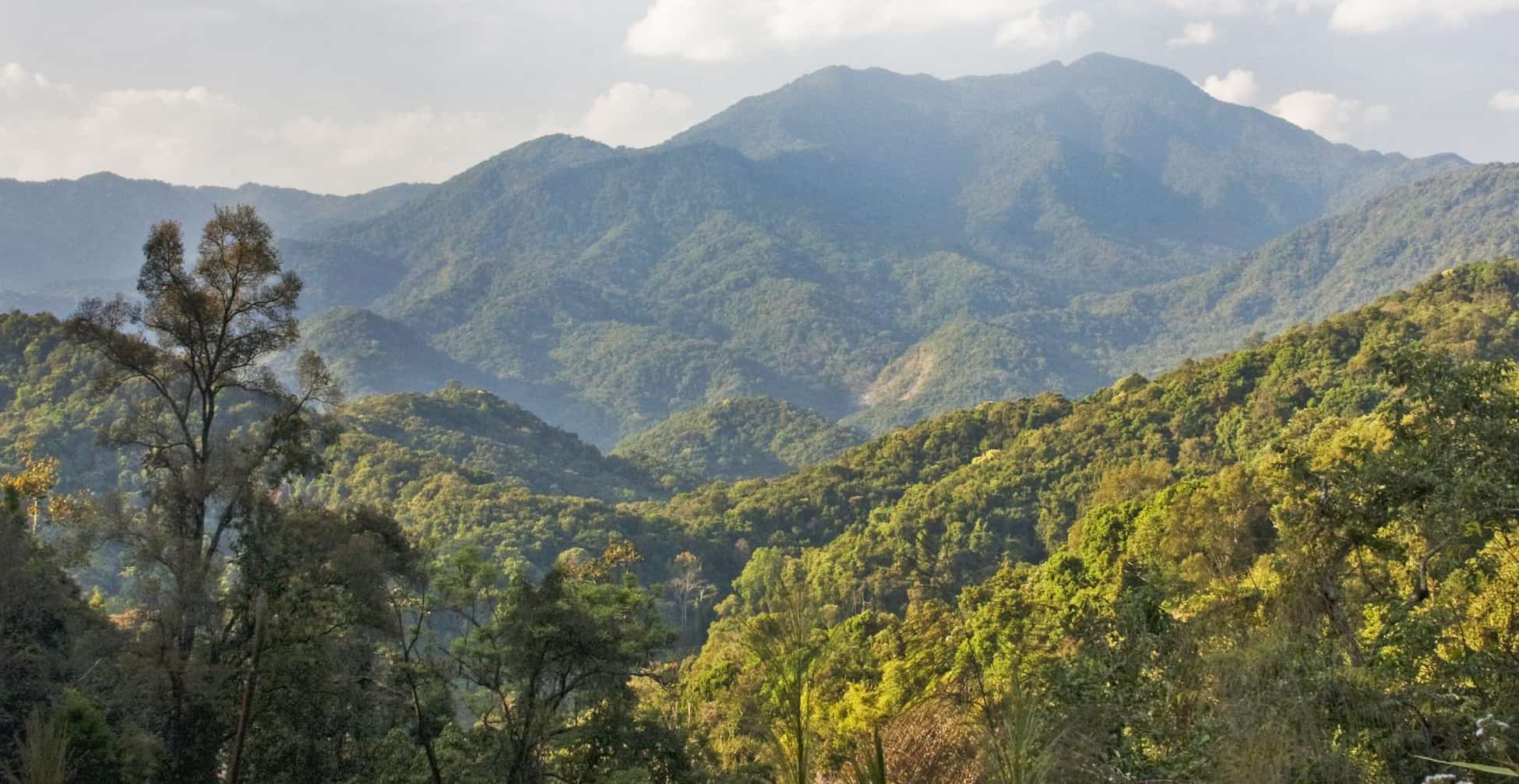
Credit: Eleanor Briggs
The wild canids stayed constantly on the move — so much so that they wouldn’t even stick around long after giving birth. Just two months after the pups were born, the pack would be off once again, moving through the jungles and even along steep slopes — Kamler and crew following close behind.
“If you slip off the trail, you’re going to fall down the mountain and die,” Kamler said. It doesn’t help that he is afraid of heights. “I had lots of nerve-wracking incidences.”
Enlarge
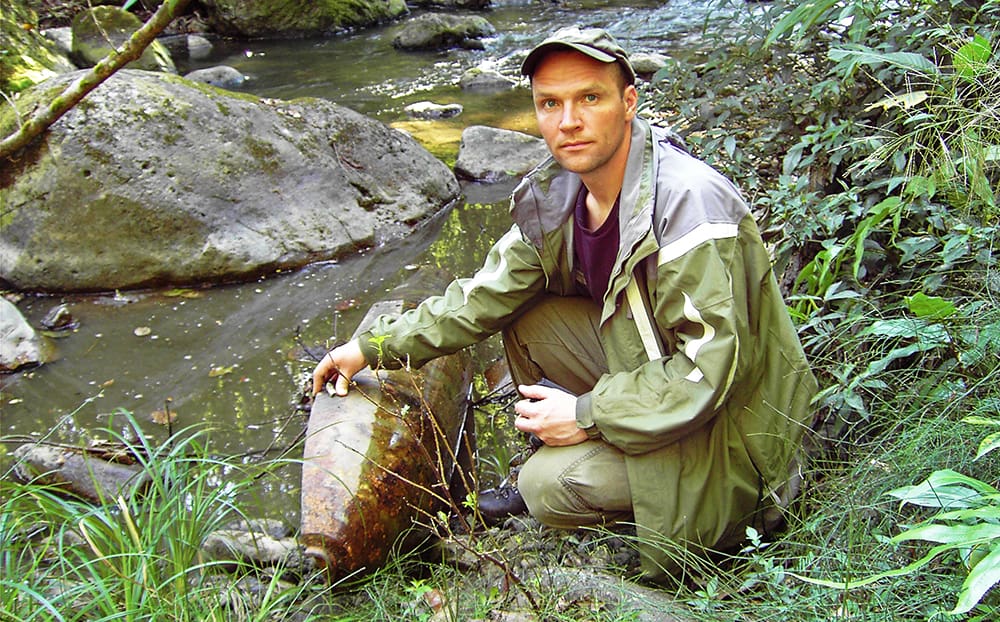
Credit: Jan Kamler
Kamler has tracked dholes (Cuon alpinus) throughout Asia for years in an effort to learn more about the elusive predators. Along with tigers (Panthera tigris tigris) and leopards (Panthera pardus delacouri), dholes are some of the few remaining large mammal predators that hunt in these jungles.
In India and Bhutan, he reviewed previous studies and found that the pack predators hunted larger ungulates, like sambar (Rusa unicolor) and chital (Axis axis). In Malaysia, dholes had smaller packs that preyed on smaller animals, like mouse deer (Tragulus Spp.).
His research in Southeast Asia has sent him past landmines left behind in Cambodia and unexploded ordinance — like the one he holds in the picture above — lying on the ground in Laos, left over from decades-old U.S. bombing runs. “You could still read the writing on them,” he said. “They’d say ‘U.S. Air Force 1968.’”
The information Kamler has gathered on carnivores in the region has helped fill in some of the gaps for the International Union for Conservation of Nature. In a new study, his work on dholes reveals what types of prey help them subsist in areas that face a litany of threats, from poaching to deforestation for logging and development. The results offer reasons for hope.
Enlarge
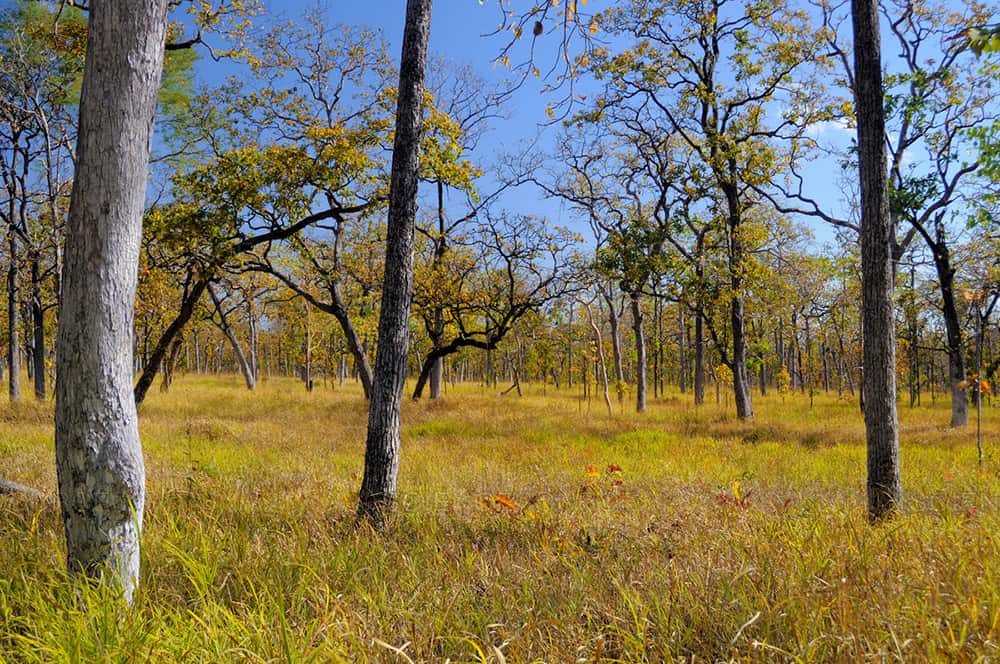
Credit: WWF Cambodia
Kamler and his colleagues wanted to see what dholes were eating in the closed evergreen forests of Laos and Cambodia’s open deciduous forests, like the one pictured above.
Since he couldn’t catch up to the fast-moving packs, he pieced together their diet by examining what they left behind — carcasses and scats.
Luckily for Kamler, dholes are rather organized in their bathroom habits. Before leaving an area, the alpha pair will defecate, followed by the rest of the group, which leaves behind neat piles that give the team — and perhaps other wildlife — a good idea of pack size.
“They kind of show off their numbers that way, I think,” Kamler said.
Enlarge
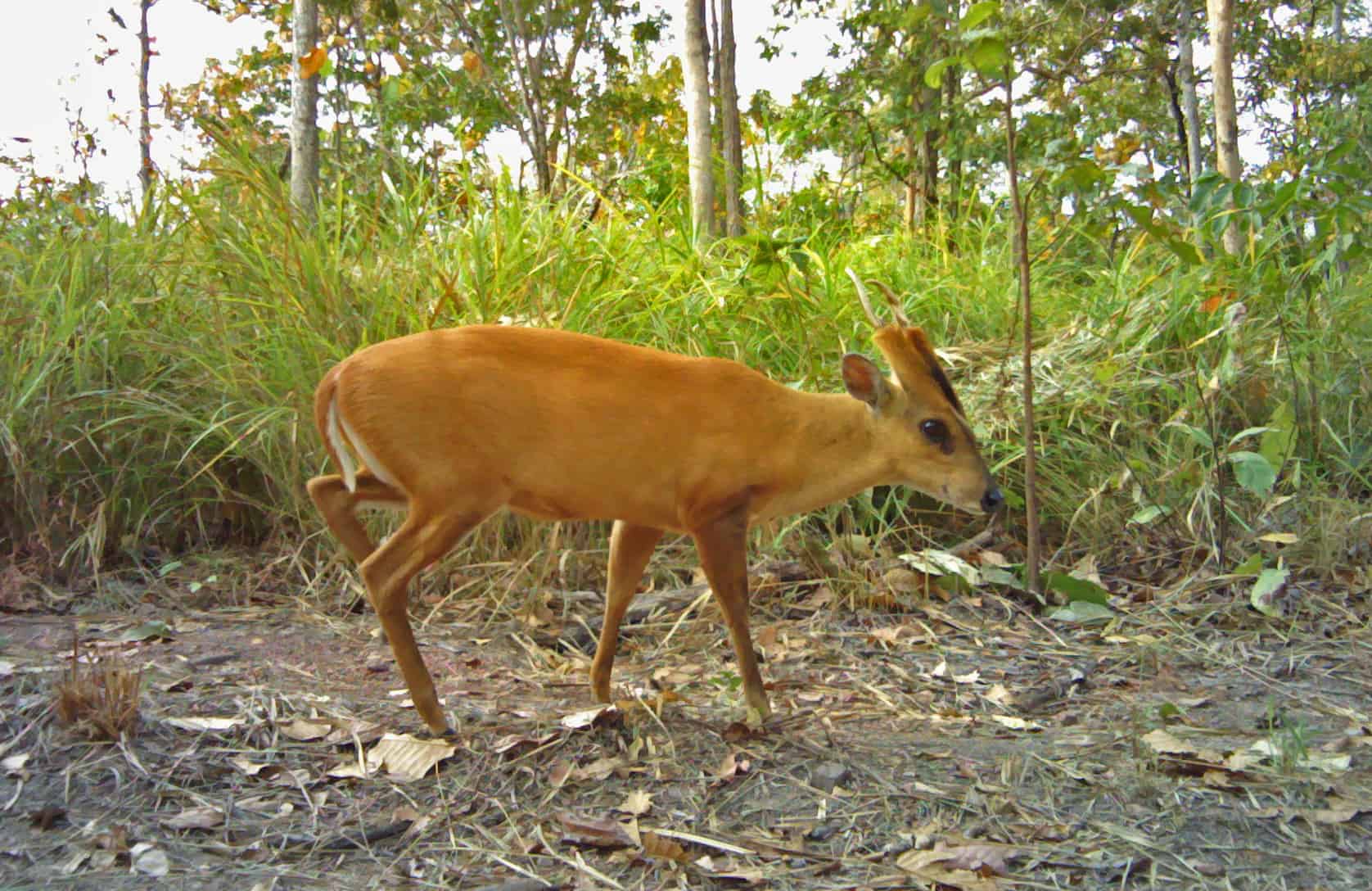
Credit: Panthera, WWF Cambodia & Ministry of Environment
Scat piles revealed that pack sizes were about twice as large in Cambodia as they were in Laos. But analysis of the samples they took back to the lab showed that dholes in both countries typically consumed the same types of food. They all preferred to feed on barking deer (Muntiacus spp.), a relatively fast-reproducing and small ungulate commonly found in the area, despite widespread snaring by poachers.
Enlarge
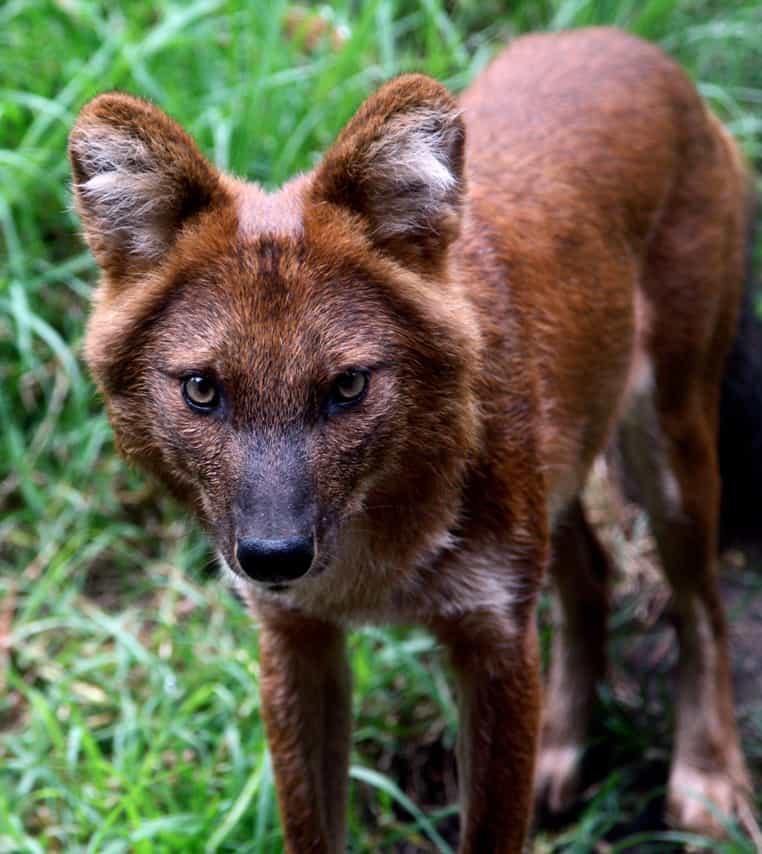
Credit: Bobby-Jo Chow
But the researchers also wanted to know whether the dholes were going after barking deer because nothing else was available, or whether it was their preferred food source. The distinction is important, Kamler said, considering that dholes likely evolved to hunt certain animals over others that provide less energy.
By surveying prey species in the area, research teams found plenty of other options, like sambar deer. But the dholes still seemed to target the barking deer. This is good news, Kamler said. With such abundant prey, dholes may likely be easier to conserve than tigers, which prefer to take down large ungulates that are becoming less common due to human activity.
Enlarge
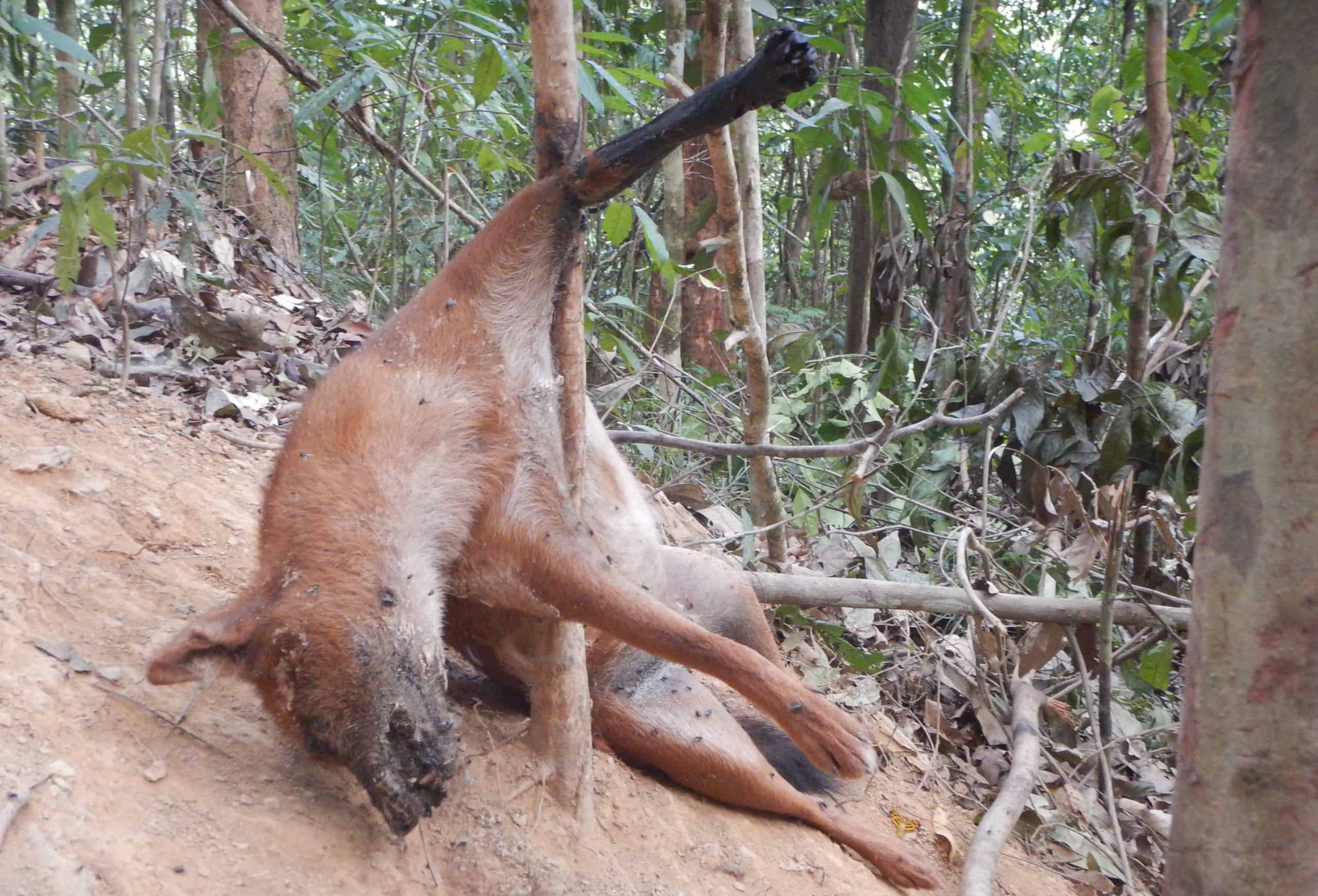
Credit: WWF Malaysia
“Dholes are more common in Southeast Asia than tigers, and this probably explains why,” he said, but he worries poaching could reduce barking deer and lead to the disappearance of dholes in the region.
“There’s a snaring epidemic going on in Southeast Asia,” he said.
Enlarge
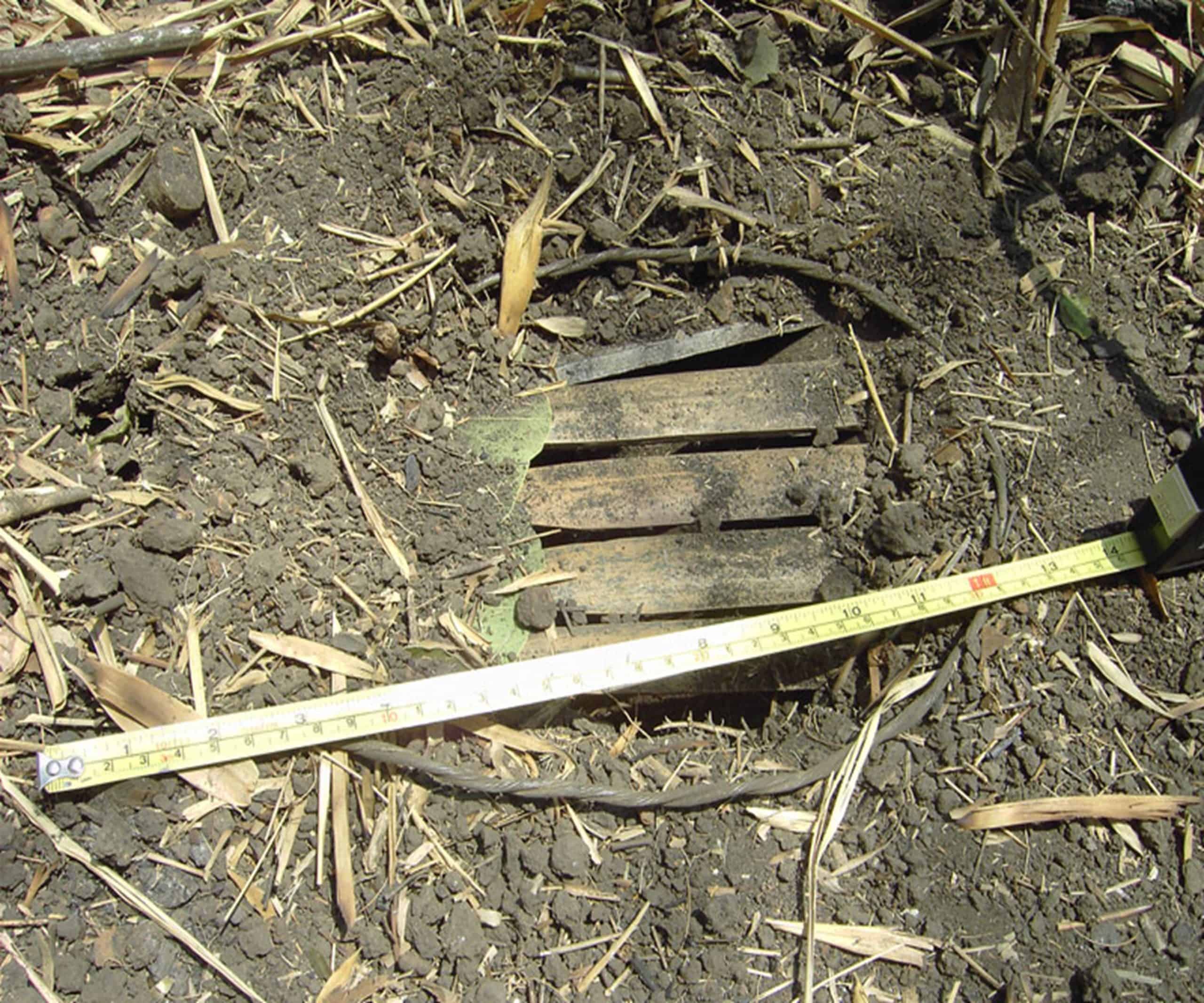
Credit: Jan Kamler
Dholes aren’t as affected by widespread snaring that is decimating populations of leopards and tigers in Southeast Asia, though. They can reproduce quickly. Mothers can have up to 14 teats — more than any other canid species — and as many pups per year.
Enlarge
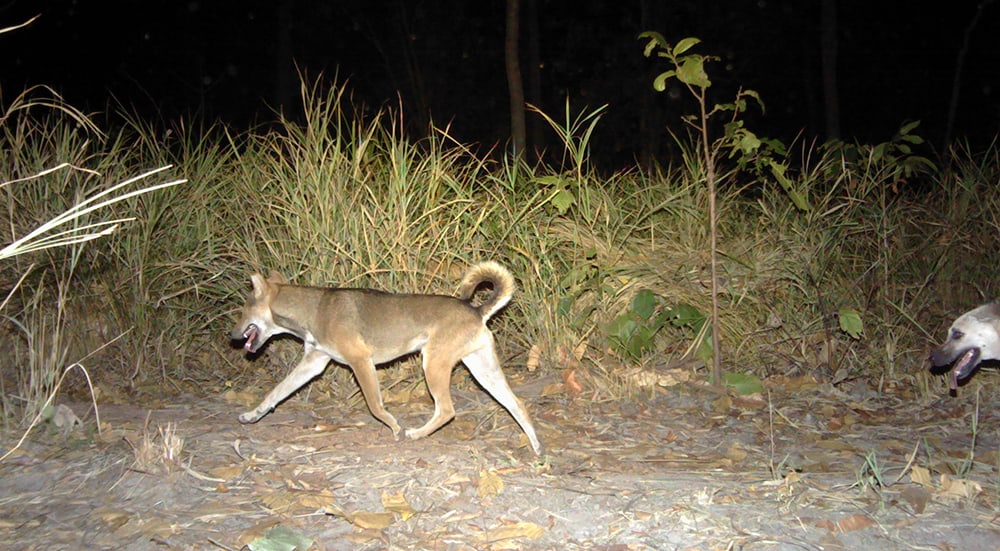
Credit: Panthera, WWF Cambodia & Ministry of Environment
But the dholes face other problems. Canine distemper can spread from free-ranging dogs from villages, like the one pictured above.
“They are very susceptible to canine distemper,” Kamler said, because they lick each other more than canids like coyotes (Canis latrans), increasing their susceptibility.
Kamler would like to see protected areas in Southeast Asia work harder to prohibit dogs and increase punishment and enforcement of poaching laws. As leopard and tiger populations in these areas continue to drop, he said that the presence of apex carnivores like dholes is even more important to keep the ecosystem in balance.
“[Better law enforcement] will help ensure a future for dholes in the region.”
This photo essay is part of an occasional series from The Wildlife Society featuring photos and video images of wildlife taken with camera traps and other equipment. Check out other entries in the series here. If you’re working on an interesting camera trap research project or one that has a series of good photos you’d like to share, email Joshua at jlearn@wildlife.org.
This article features research that was published in a TWS peer-reviewed journal. Individual online access to all TWS journal articles is a benefit of membership. Join TWS now to read the latest in wildlife research.
Enlarge
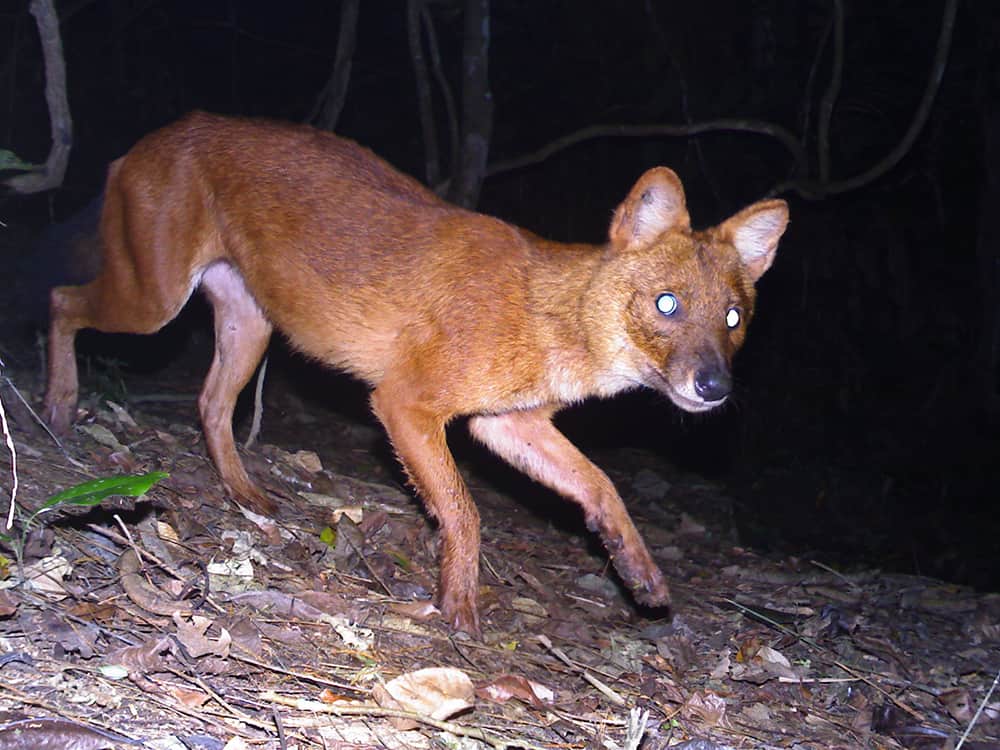
Credit: WCS Laos
Header Image:
A dhole, the only pack-living wild canid found in many Southeast Asian countries, in Cambodia.
Credit: Bobby-Jo Chow



